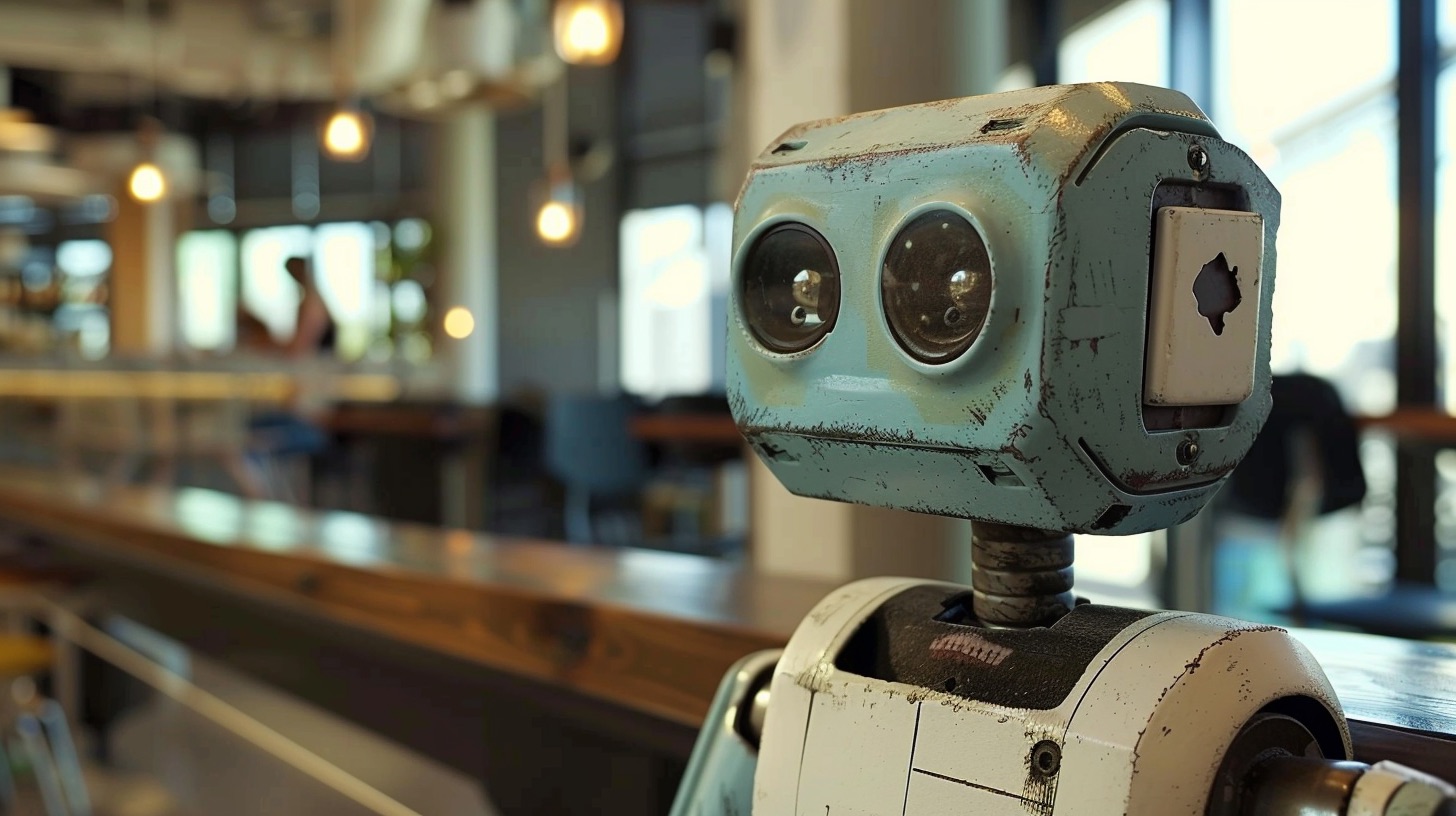Written by Tom Murray
Technology has always played a crucial role in shaping how designers bring their ideas to life. An update to Photoshop with a new tool, or a new program for rendering in 3D, these can change how you show your creative flair. However, something more advanced than an Adobe software update is already shaping what a designer can output. AI-powered design solutions have been steadily growing in the background, although mostly gimmicky up to this point, they are now presenting themselves as formidable tool for designers to harness.
AI tools already generate design suggestions and can aid in prototyping, we have seen this with Photoshop Beta and Figma AI. However, their true potential lies in moving beyond being just supportive instruments and gimmicks. The future of AI in design holds the promise of integration between creator and machine, where the AI learns from the designer’s style and preferences to become a natural extension of their creative abilities. This vision involves AI understanding not only the technical aspects of design but also the nuances of the creator’s artistic expression.
Next-gen AI will study and analyse a designer’s work, style choices, colour palettes, and overall design preferences. By collating this information, it will develop a deeper understanding of the users design language, enabling the AI to mimic and adapt a designer’s style and make that evident in the final design output.
This goes beyond replicating previous work, but instead involves merging designs with the creator’s emotions, thoughts, and individuality. Whether it’s a digital artwork, a website layout, or a product, the AI will generate outputs that evoke the genuine essence and nature of the creator.
As AI tools evolve to understand the creator’s needs and language, they will also bridge the gap between functionality and aesthetics in design. By harnessing the power of data analysis and pattern recognition, AI will not only produce visually pleasing designs but also ensure that they serve their intended purpose effectively. This balance will lead to more impactful creations that resonate with the target audience, giving designs effectiveness without damaging the concept.
An essential aspect of human creativity is the acceptance of imperfections and the willingness to experiment (and get things wrong). Next-gen AI will be programmed to recognise the value of embracing imperfections and the beauty of uniqueness. Rather than striving for absolute perfection, the AI will encourage the creator to explore uncharted territories and nurture innovation in design. Basically, harnessing imperfections makes the designs more human. Yes, we are teaching AI technology to get things wrong on purpose.
As AI becomes a natural extension of the creative team, it will empower designers to achieve new heights of artistic expression. By learning from the creator and reflecting their personality in the designs, AI will bring a touch of authenticity and humanity to the digital world. As design takes a step in to a future of faster paced and higher quality tailored output, make sure you are not left at the dock watching the AI boat sail into the sunset!
Is a robot going to steal my job? No, it is going to help me become better at it (hopefully)!

